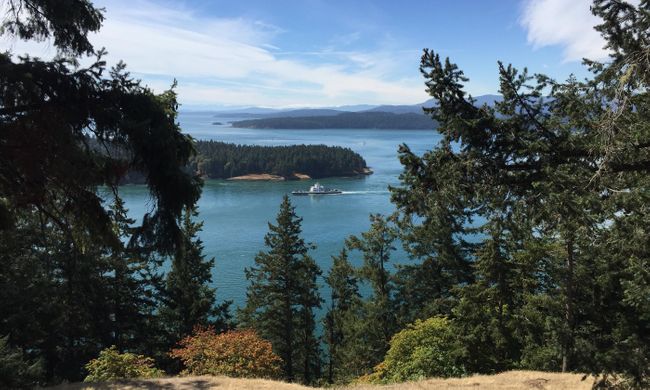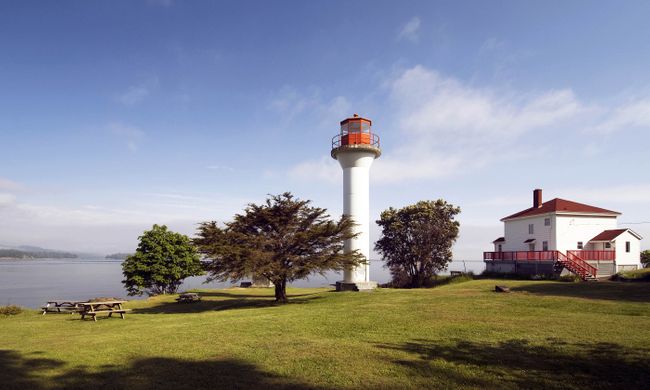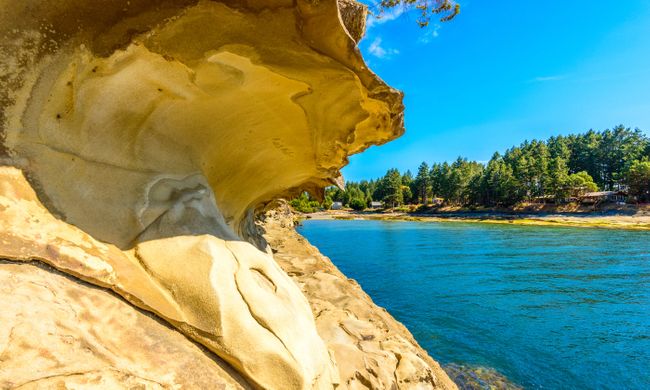Long, narrow Galiano isn’t just one of the most attractive islands off the Lower Mainland but, rather conveniently, it’s also the easiest to reach too.
It boasts the most hours of sunshine among the islands, which gives you more time to enjoy the forests of Garry oak, maple, cedar and Douglas fir. Even on a wet day, Montague Harbour is an idyllic place to while away the hours, with wraiths of mist rising from the dark conifers, a pair of geese honking as they skim the sheltered bay, and the pungent smell of seaweed and kelp.
Close by is the white shell beach at Oceanview, one of many similar shell midden deposits on the Gulf Islands, the remnants of Coast Salish villages over the last 3,500 years. Near Spotlight Cove are strangely eroded sandstone forms, creating caves and ‘windows’ in the rock.
The highest point on the island is Mount Galiano at 311m, one of several preserves held in trust by the Galiano Club and reached by four different trails. Walking them, one appreciates why the majestic western red cedar was chosen as the symbol tree of British Columbia.
When hungry, stop by the Max and Moritz Spicy Island Food House, a truck that serves an eclectic mix of German and Indonesian takeaway next to the ferry dock.












